Search
Search
1419 results were found.
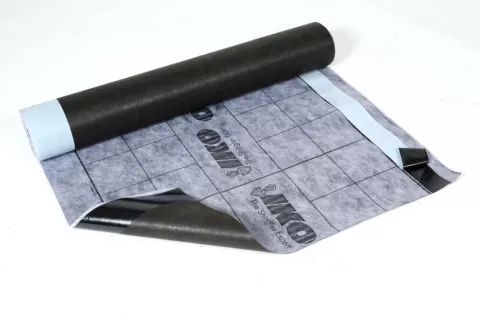
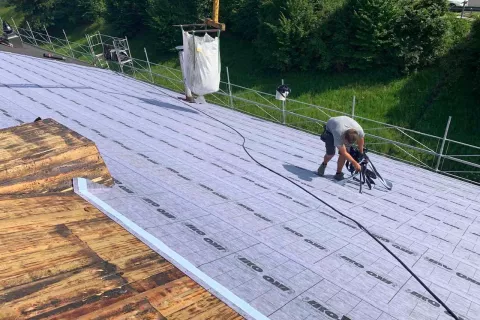
Due to its fully self-adhesive characteristic, the Armourbase STICK is a very unique underlayment. One roll contains 20 m². The finishing on top is the grey polypropylene fabric with a red IKO logo. Under the release foil on the back side you will find very sticky modified bitumen. That is why this underlayment is recommended for very low slopes starting from 9,5 degrees up to vertical walls. This underlayment is an excellent solution for parts of roofs which are affected with ice dams or other critical roof parts.
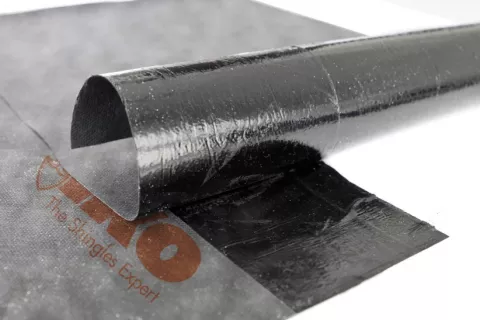
Installation of underlayment and slope limitations
An underlayment should always be installed as flat as possible without any wrinkles, buckles or waves which can later be visible on the shingle surface. It is recommended to start applying the underlayment from the eaves and continue to upper parts of the roof. Drip edge flashing must be installed first and then the underlayment comes over the flashing. The underlayment must be glued on the drip edge flashing. Rake flashings on the gable part must always be installed on top of the underlayment. It is recommended to fix the underlayment with the standard IKO roofing nails.
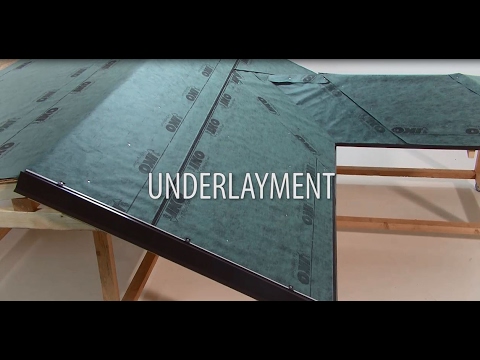
Slopes 9,5°- 20°
Option 1: it is advised to cover the entire roof deck with an IKO Armourbase Pro Plus or -Stick adhesive underlay or a similar modified base sheet which will seal the entire deck. Follow a 10 cm horizontal overlap for the consecutive rows while end laps must be 15 cm for the Armourbase Stick or 30 cm for the Armourbase Pro Plus and vertically sealed with IKO Shingle Stick.
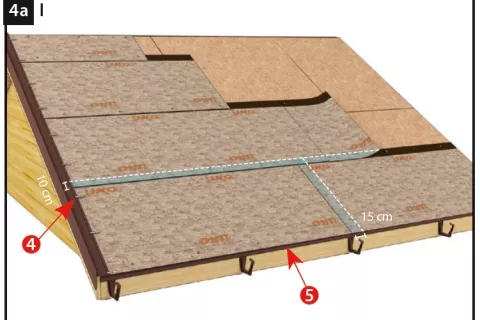
Option 2: use an IKO Armourbase Pro or ECO underlay or a similar base sheet, to provide a double coverage of underlay to the roof deck. Cut a starter strip 50 cm wide and lay succeeding courses fastened with 50 cm horizontal laps and 30 cm end laps.
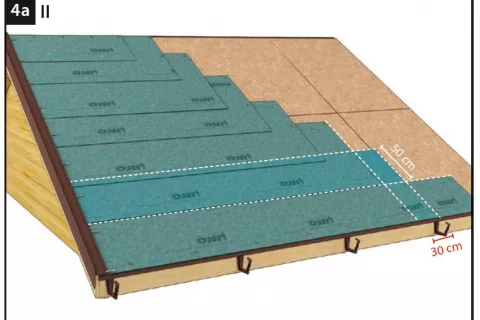
Slopes 21°- 85°
The entire roof deck should be covered with an IKO Armourbase underlay or an approved shingle underlay. The underlay should be installed parallel to the eaves with a min. 10 cm horizontal lap and 15 cm end laps. On IKO Armourbase Pro, - Pro Plus, - Stick and - ECO there are 10 cm lines on the rolls for easier overlapping. Secure the underlay with only enough nails to hold it in place.
Slopes 85°- 90°
No underlay required. Only self-adhesive shingles such as Cambridge Xtreme 9,5° or ArmourShield PLUS can be applied.
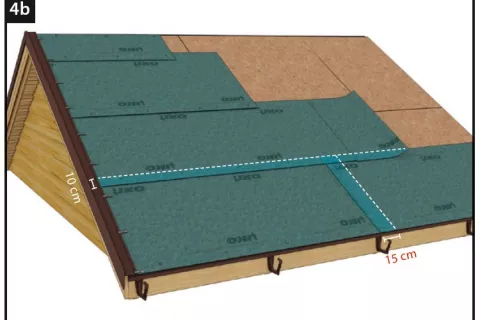
Underlayment failure
Some underlayments may fail for a number of reasons:
